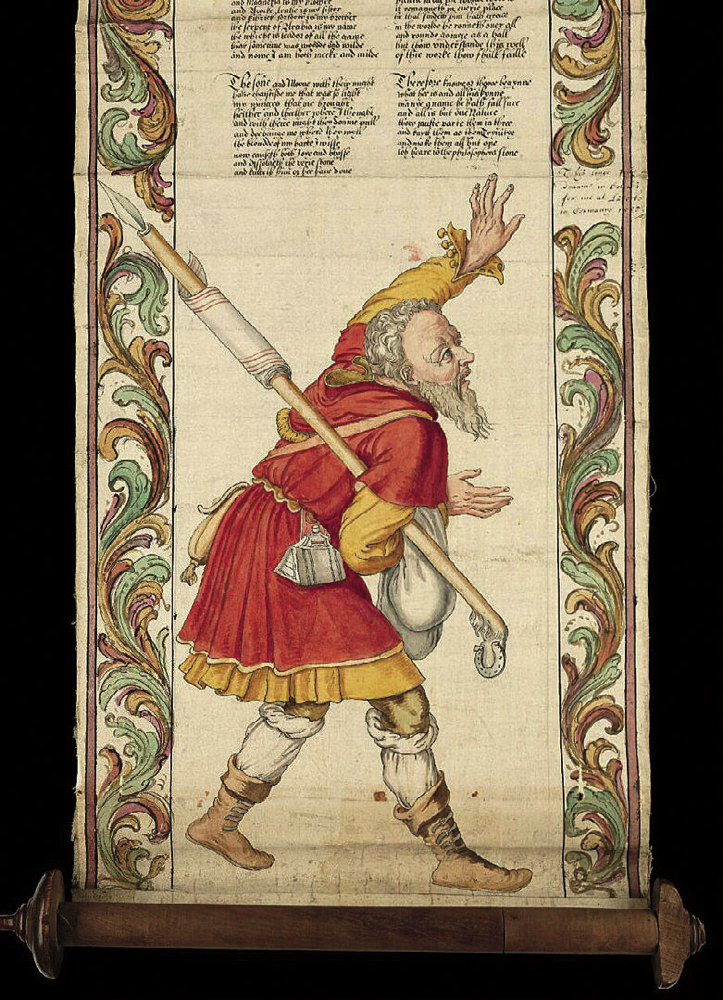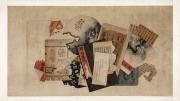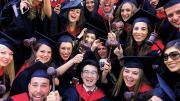The three latest installments in the Cass R. Sunstein-book-of-the-month-club, as three academic presses publish current work by the wildly prolific Walmsley University Professor (see “The Legal Olympian,” January-February 2015, page 43): On Freedom (Princeton, $12.95), a succinct essay on democracy and navigating toward life’s better choices. How Change Happens (MIT, $29.95), an exploration of social norms and challenges to them—making sexual harassment suddenly visible and unacceptable, for instance, while white nationalism simultaneously amplifies its voice and apparent following. Conformity: The Power of Social Influences (NYU, $19.95), a complementary dive into the phenomenon of the title, and dissent.
How Finance Works, by Mihir H. Desai, Mizuho Financial Group professor of finance and professor of law (Harvard Business Review Press, $35 paper). A teacher (and contributor to these pages) succeeds at his sternest educational challenge: making financial statements, and the underlying flows of cash and capital, clear and useful to the quantitatively shy.
The 8 Brokens, by Nancy Berliner ’79, Ph.D. ’04 (Museum of Fine Arts, $55). The museum’s Wu Tu senior curator of Chinese art has crafted the first book on bapo (“eight brokens”) painting, which originated in nineteenth-century China. The works, depicting antique texts, art, and ephemera, seem strikingly modern. Perhaps reflecting the turmoil of their era, they can evoke strong nostalgia for declining cultural norms.
State Capture, by Alexander Hertel-Fernandez, Ph.D. ’16 (Oxford, $29.95). The author, at Columbia, searchingly investigates the nexus among the Koch brothers’ political network, deregulatory business interests, and entities like the American Legislative Exchange Council, all bent toward shaping state and local policymaking—in one ideological direction.
This Is How We Pray, by Adam Dressler, M.T.S. ’05 (FaithWords/Hachette, $20). A down-to-earth, personal—as opposed to theological or doctrinal—approach to prayer. The author has made a personal journey from Oral Roberts University to Harvard Divinity School to Grace Community Church in Clarksville, Tennessee, where he is now lead pastor.
The Code of Capital: How the Law Creates Wealth and Inequality, by Katharina Pistor, M.P.A. ’94 (Princeton, $29.95). A Columbia law professor explains the status in law of capital in all forms, and how financial assets, intellectual property, and their brethren affect the ownership and distribution of wealth.
Good Charts Workbook, by Scott Berinato (HBR Press, $35 paper). A Harvard Business Review senior editor provides vivid guidance on how to make “better data visualization” (a description inferior to the graphical contents within)—a good proxy for vivid thinking.

The bottom of a sixteenth-century English alchemical scroll associated with George Ripley
Courtesy of the Wellcome Library, London
The Role of the Scroll, by Thomas Forrest Kelly, Knafel Research Professor of music (W.W. Norton, $29.95). A gorgeously illustrated exploration—both scholarship and a passion project—of “fascinating objects that have always been shrouded by an intriguing kind of aura, and a quality of somehow standing outside of time,” not least because they continued to be produced after the invention of the eminently more practical codex and its spread in the Middle Ages. The author, who previously wrote First Nights, and taught the eponymous course, is an incorporator of this magazine.
The health beat. Diabetes Head to Toe, by Rita R. Kalyani ’99 et al. (Johns Hopkins, $22.95 paper), is a comprehensive guide to understanding and living with an epidemic, chronic disease. Well: What We Need to Talk About When We Talk About Health, by Sandro Galea, M.P.H. ’00 (Oxford, $24.75), Boston University’s public-health dean, addresses Americans’ misguided confusion of medicine with health, and the costly mistakes (“[W]e spend so much and get so relatively little for it”) stemming from that category error—and what to do about it.
Debut novels. The Organs of Sense, by Adam Ehrlich Sachs ’07 (Farrar, Straus and Giroux, $26). “In an account sent to the Philosophical Transactions…a young G. W. Leibniz…” runs the opening sentence of a fiction, set in 1666, concerning a solar eclipse, a blind astronomer, and much else. The author, a Harvard Lampoon alumnus, concentrated (no surprise) in the history of science. Chia-Chia Lin ’03, J.D. ’07, did not. An Iowa Writers’ Workshop graduate, she begins her novel, The Unpassing (FSG, $26), with the feigned collapse —a stroke?—of the narrator’s mother, and proceeds to a real Taiwanese immigrant family’s loss, in Alaska.
The lifespan. Mom Hacks, by Darria Long Gillespie, M.B.A. ’05 (DaCapo, $15.99), an emergency physician, is a breezy checklist of nutrition, exercise, sleep, and other tips new mothers can use to get—and keep—it together. Elderhood, by Louise Aronson, M.D. ’92 (Bloomsbury, $30), is a memoir, meditation, and guide to “redefining aging, transforming medicine, reimagining life” by a geriatrician with an M.F.A. who runs UC, San Francisco’s health-humanities program. Her examples and spirit are lovely, and wise.
VC: An American Industry, by Tom Nicholas, Abernathy professor of business administration (Harvard, $35). A first history of venture capital, which has played an outsized role in propelling U.S. entrepreneurship and growth. The author grounds readers well, linking investments in, say, artificial-intelligence startups today to those in whaling expeditions two centuries ago.








